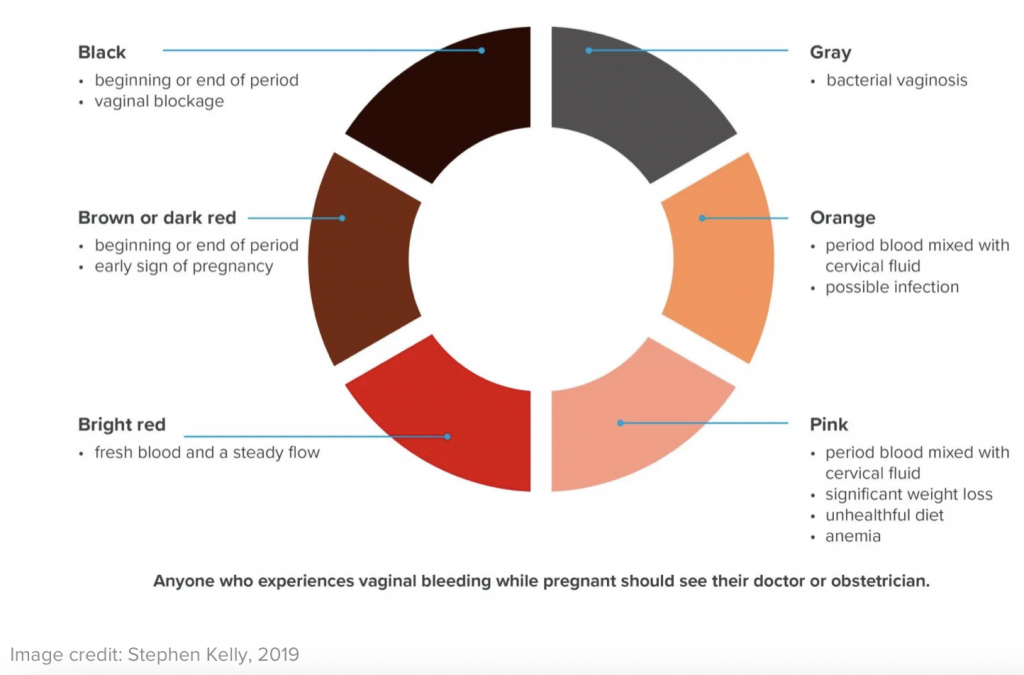How Can We Help?
Colours
Women experience variation in the colour and flow of menstrual blood – both convey important information regarding their health. While healthy menstrual blood ranges from dark red, brown, and even black, colours like grey and orange are indicative of a possible health issue, such as an infection. If a woman is concerned about changes in her cycle or the odour of her discharge, she should consult with a qualified medical professional.
The Fiqh of It
From an Islamic perspective, any coloured discharge in the habitual days of bleeding, other than clear or white, is considered menstruation (hayd). As long as the bleeding falls within normal parameters, colours such as black, brown, green, yellow and red are hayd. When looking at the colour of discharge, it is important that the sample is fresh and wet. If the discharge is looked at when it has dried, it has undergone a chemical reaction, altering its colour. (Manhal al-Waridin p.169)
Liners and pads may be used when bleeding; however, they cannot be used to determine the colour of the discharge, as they are placed away from the vaginal opening. Placing a piece of cotton (kursuf) at the point of exit can make it easier to accurately determine the colour of discharge. It allows for the colour of discharge to be seen when wet, before it undergoes a chemical change.


